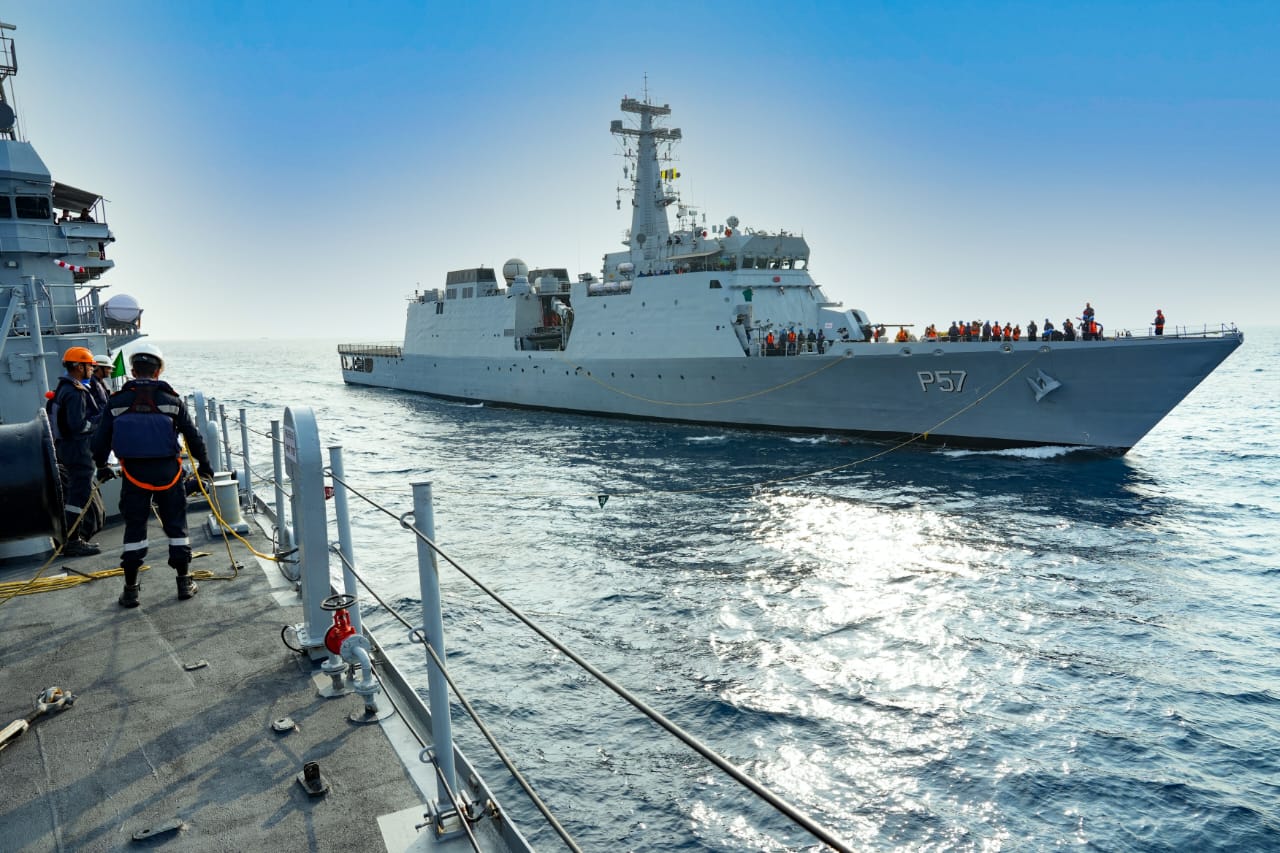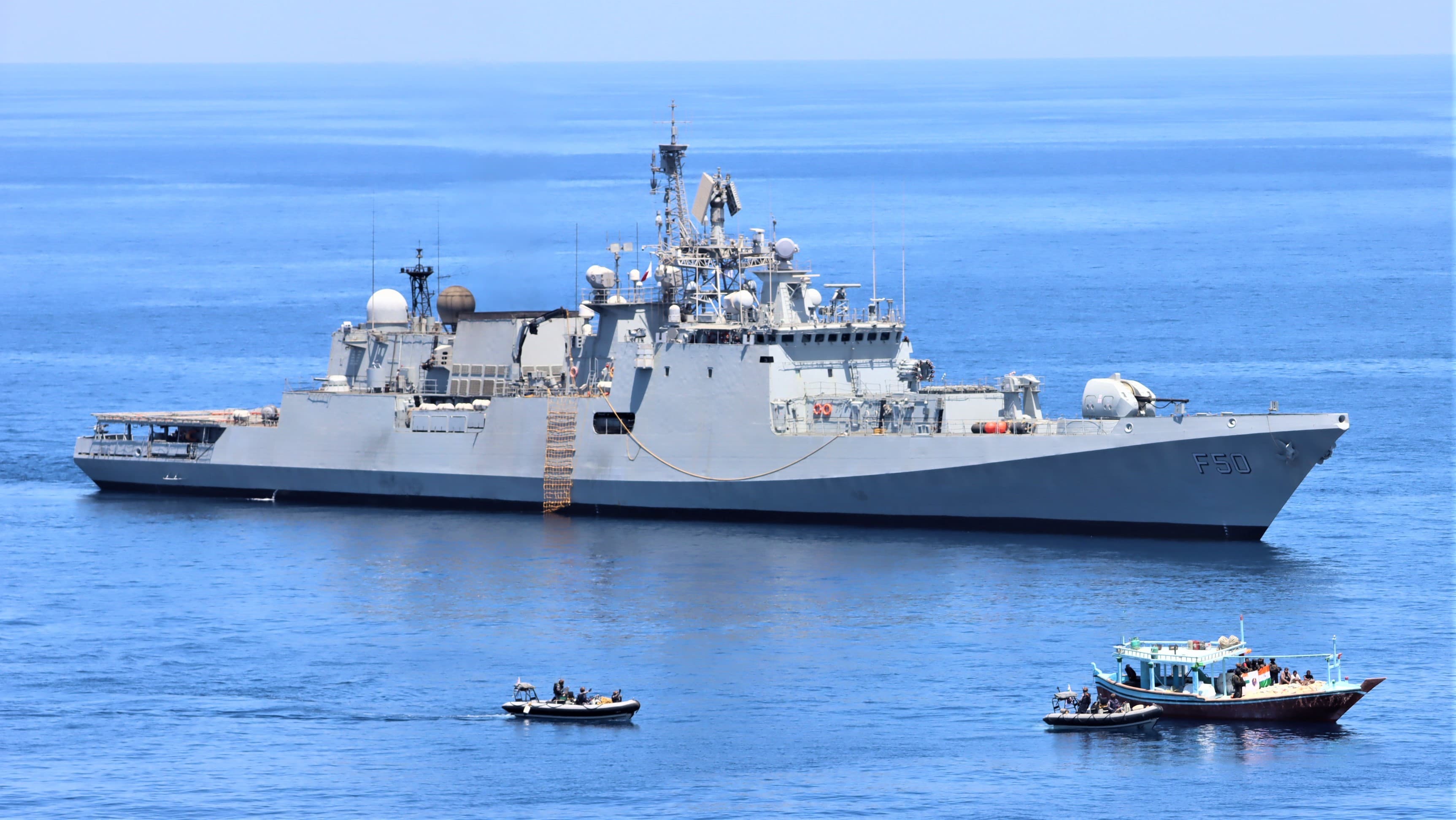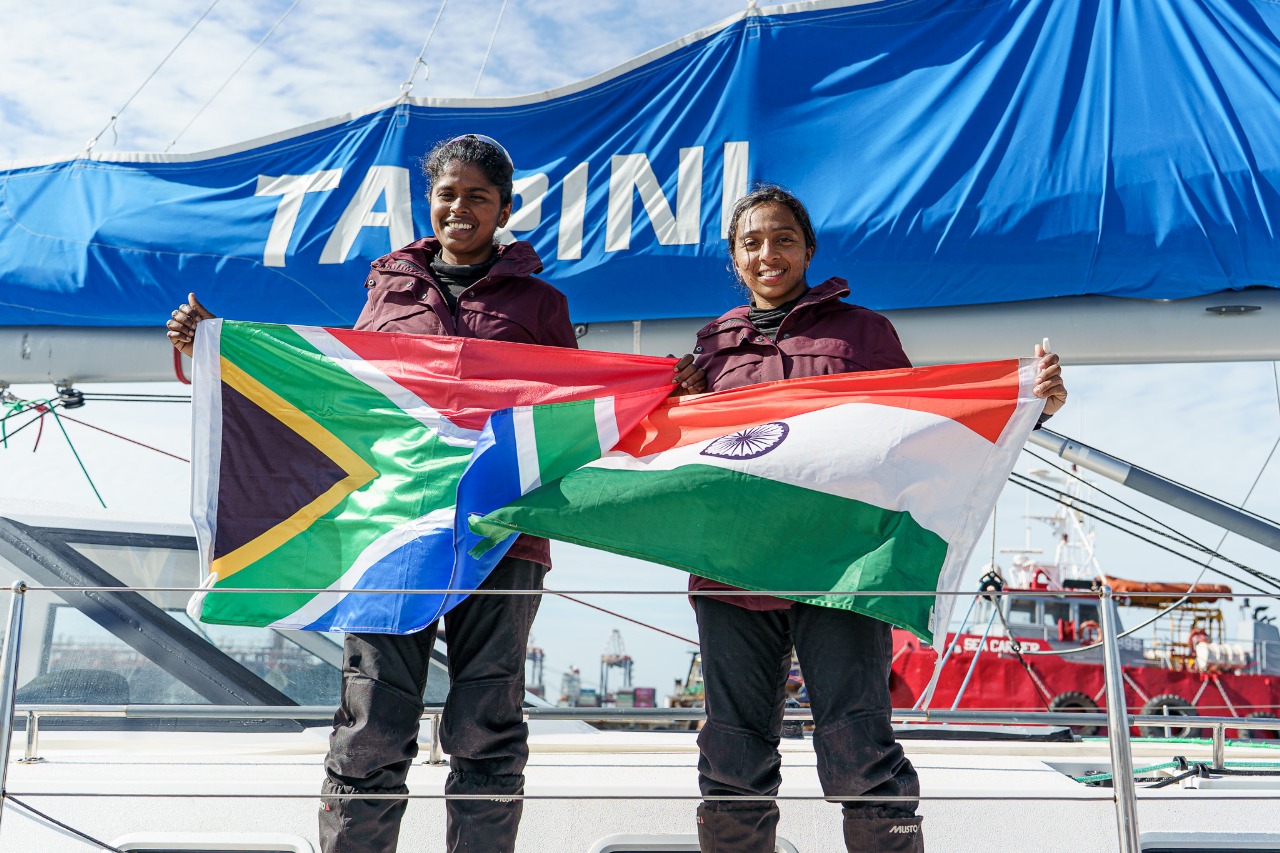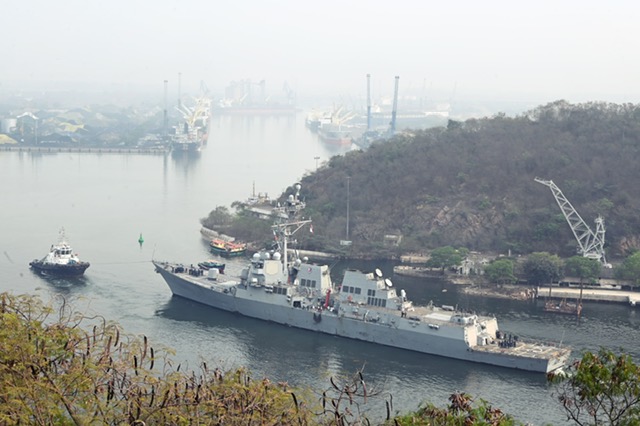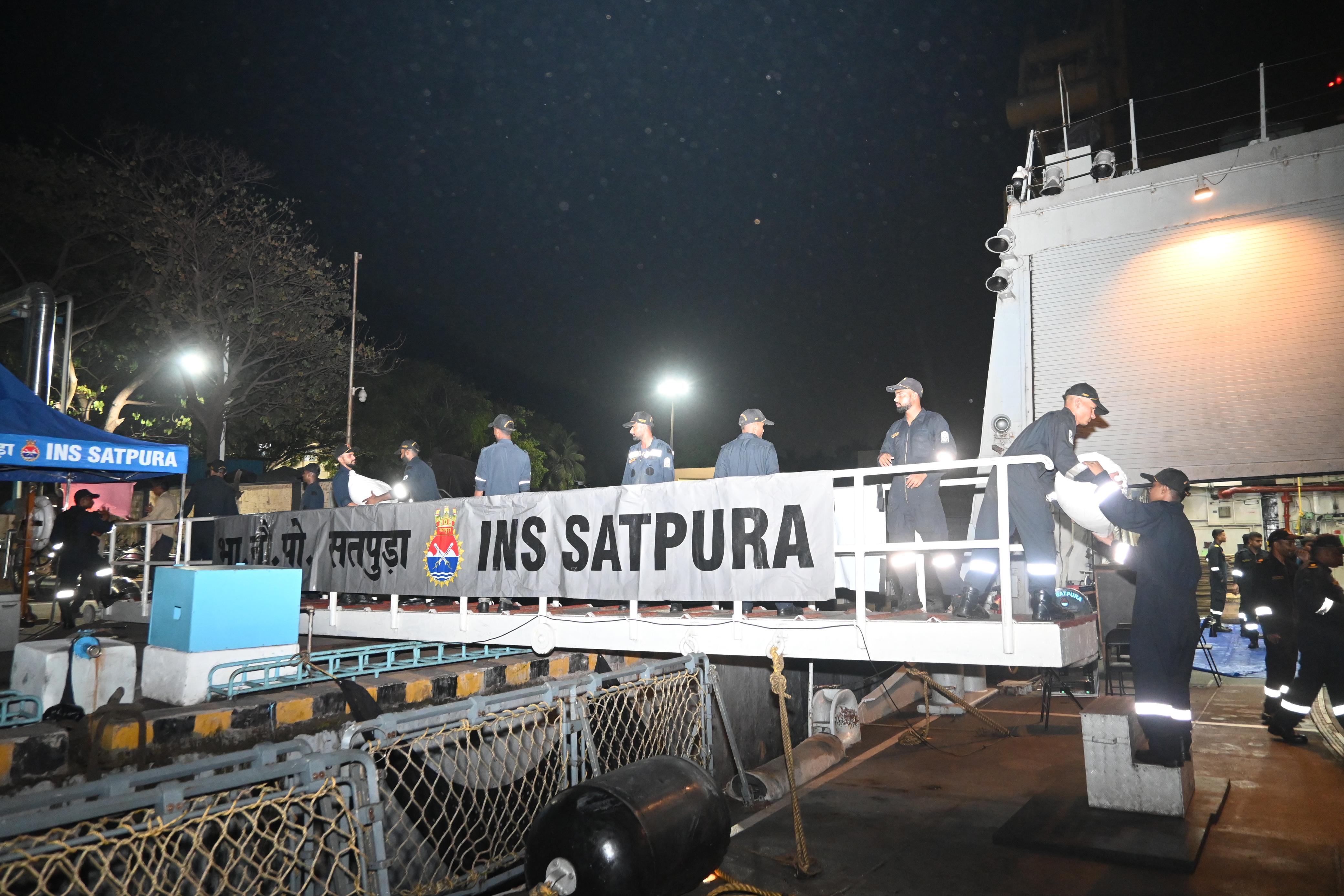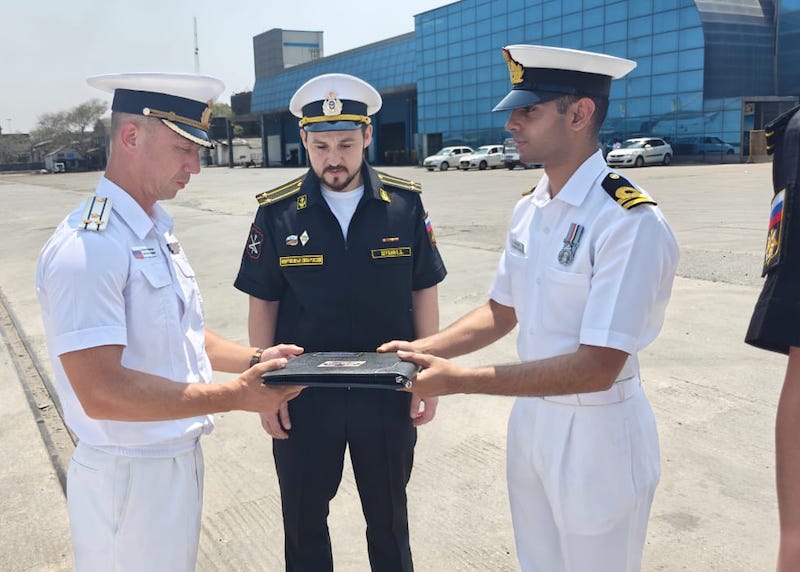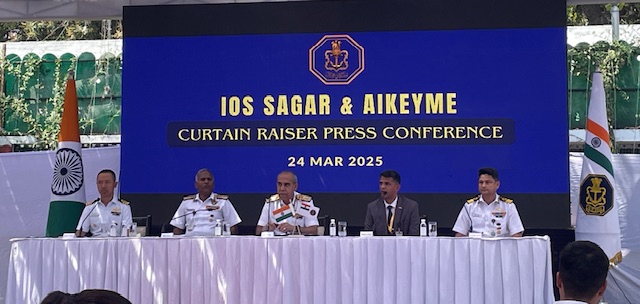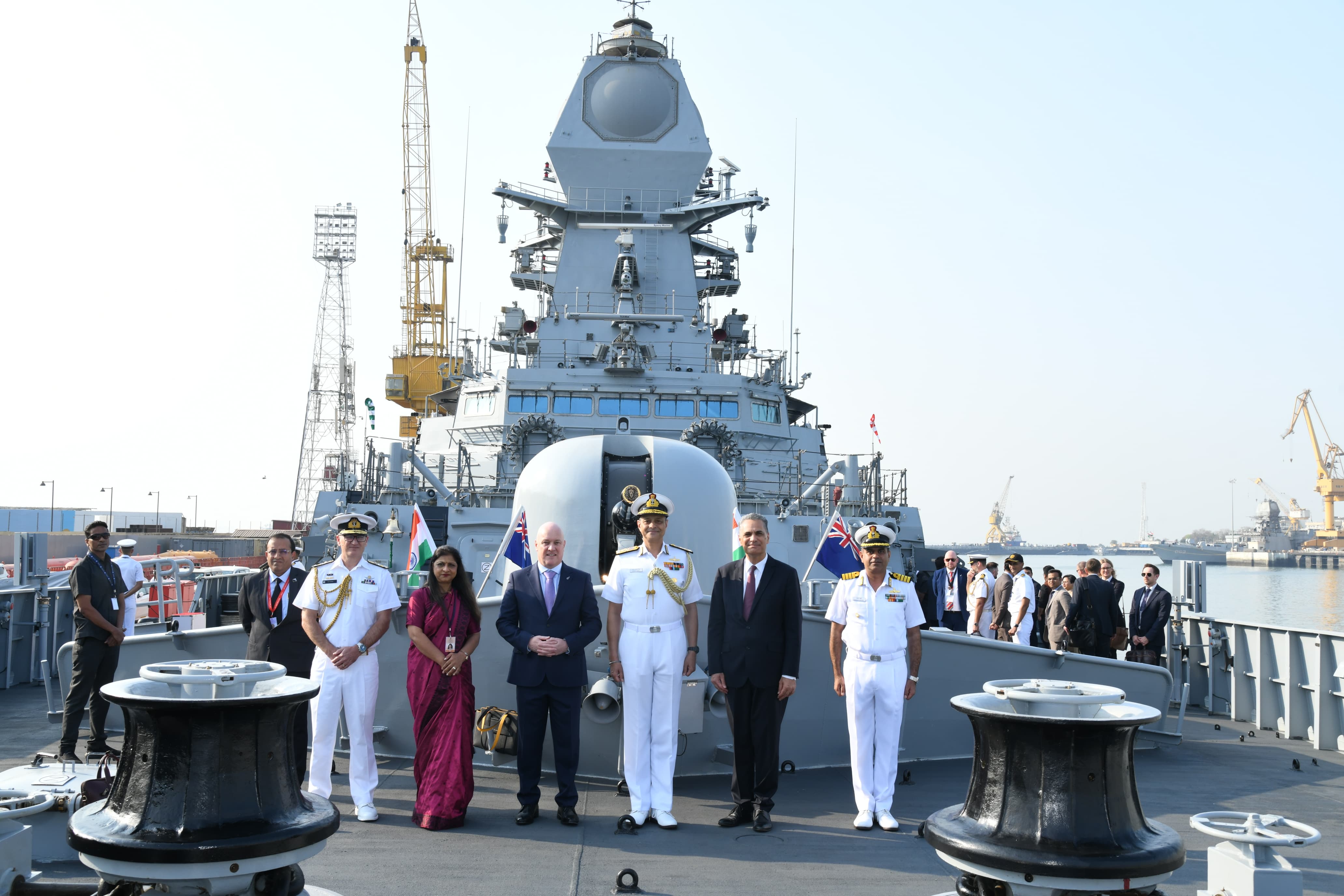
New Delhi: The navies of India, Japan, US and Australia will start the first phase of Malabar naval exercise from Tuesday off the Visakhapatnam coast in the Bay of Bengal. Australia is joining for the first time after 2007. China, which has criticised similar joint drills in the past, is likely lodge its displeasure on this joint exercises.
This comes amid a tense border stand-off between the Indian and Chinese armies in eastern Ladakh and rising tension between Washington and Beijing over Taiwan and South China Sea dispute.
Here are answers to some of the most common questions on the Malabar exercise:
What is the Malabar exercise ?
The Malabar naval exercise began in 1992 as a training event between the United States and India. Japan joined it in 2015, but Australia has not participated since 2007 because of China’s pressure on India. At that time, relations between New Delhi and Beijing were warming up and it was good until China captured Indian territory in Ladakh in a stealth operation in May, which resulted in a deadly clash between Indian and Chinese soldiers in June.
The exercise was conducted off the coast of Guam in the Philippine Sea in 2018 and off the coast of Japan in 2019.
Why is it significant ?
It will be the first time that the United States, India, Japan and Australia – the informal grouping known as the Quad – will be participating in a joint military exercise of this size.
The four democracies in the Indo-Pacific hope that the exercise can act as a counterweight to the growing Chinese military and political influence in the region.
India, which is been engaged into border standoff with China in eastern Ladakh, hopes the expansion of the exercise will contain what it sees as Beijing’s intrusion into its territory, analysts say.
What ships will participate ?
The Phase 1 will witness the participation of Indian Navy warships with United States’ guided-missile destroyer USS John S McCain, Australia’s long-range frigate with integral MH-60 helicopter HMAS Ballarat, and Japan’s destroyer with integral SH-60 helicopter JS Onami.
Eastern Fleet flag officer commanding Rear Admiral Sanjay Vatsayan will lead the Indian side.
Indian Navy warships participating in the exercise include destroyer Ranvijay, frigate Shivalik, offshore patrol vessel Sukanya, fleet support ship Shakti and submarine Sindhuraj.
Read Also: Navies of India, US, Japan, Australia to start Malabar exercise from Nov 3
In addition, advanced jet trainer hawk, long-range maritime patrol aircraft P-8I, maritime patrol aircraft Dornier, and helicopters will also be participating in the exercise.
How will Covid-19 affect the exercise ?
The exercise is being conducted as a “non-contact, at sea only” exercise in view of Covid-19 pandemic. It aims to showcase the high-levels of synergy and coordination between the friendly navies, which is based on their shared values and commitment to an open, inclusive Indo-Pacific and a rules-based international order.
Malabar Phase 1 would witness complex and advanced naval exercises including surface, anti-submarine and anti-air warfare operations, cross deck flying, seamanship evolutions and weapon firing exercises.
The Phase 2 of Malabar exercise would begin from November 17 and end on November 20.

